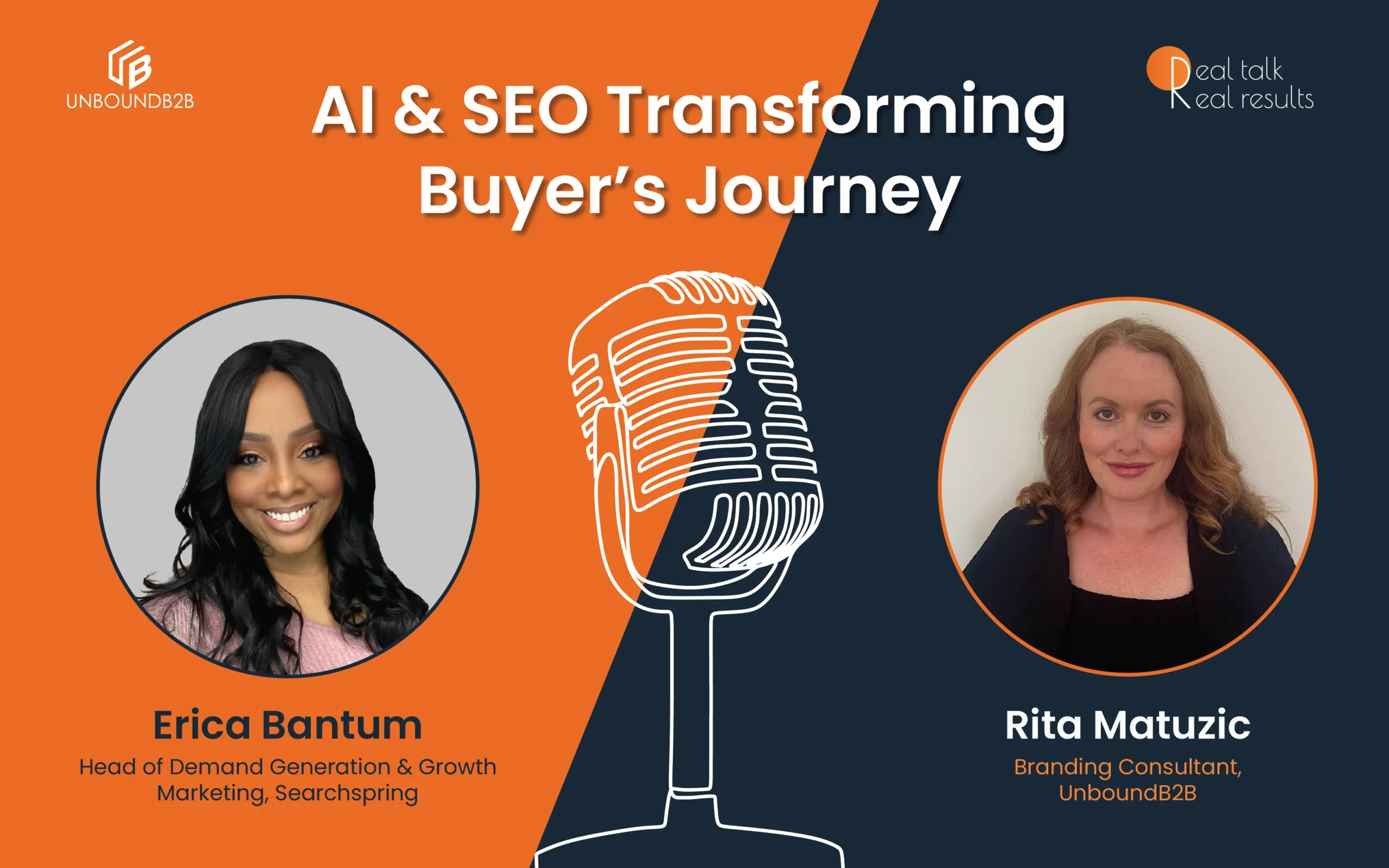
Introduction
Demand generation is the ultimate goal of every sales and marketing team. But according to a HubSpot report, 61% of marketers find it the biggest challenge to generate traffic and leads in 2021.

Source : Startupbonsai
Therefore, B2B firms across different industries spend over 11.3% of their annual budget on marketing to gain more ROI. But still, not many B2B marketers are satisfied with their demand generation rate. Do you know why?
Because they don’t befriend data, data is a golden opportunity for marketers to understand how their marketing campaign performed and how they can better manage it to improve the demand generation rate.
To do so, analyzing the right demand generation metrics is vital. That’s because too much data will divert your attention from the crucial marketing metrics.
Thus, B2B marketers have to measure relevant demand generation metrics that can benefit their marketing efforts in some way. For this, you have to understand your demand generation funnel and goals to select the right performance measurement metrics.
But I don’t know which demand generation metrics are suitable for my B2B business?
In that case, simply follow this post to know the top 7 demand generation metrics for B2B businesses and how to calculate them.
Key B2B Demand Generation Measurement Areas
Before studying the B2B demand generation metrics, we would like to throw light on the key areas to measure in your demand generation funnel:
Engagement
Engagement metrics are the success measurement meter. This data helps marketers understand how people react to their campaigns. Engagement data tells how many people visited your site, click-through rate, unsubscribe rate, and more.
Performance
Performance metrics evaluate the success of your whole marketing funnel. It shows how your lead generation strategies worked in acquiring and converting the potential leads. Performance metrics include marketing qualified leads, sales cycle length, sales-accepted leads, and other metrics.
ROI
Rate on investment is the most important metric to ensure whether your marketing budget is being utilized in the right manner or not. If ROI metrics are in your favor, it means your marketing budget is allocated correctly. The popular ROI metrics are customer lifetime cycle, total revenue, conversion rate, etc.
7 Important Demand Generation Metrics for B2B Marketers
A well-rounded demand generation strategy is compiled after considering different improvement areas. The targeted demand generation metrics depend upon the marketing strategy that you are deploying to generate leads.
It is always recommended to focus on relevant demand generation metrics. Spending your time on irrelevant metrics will unnecessarily create complications for your salespeople.
Here are the top 7 demand generation metrics that B2B marketers must measure:
1. Marketing Qualified Lead
The first demand generation metrics marketers should measure are Marketing Qualified Lead (MQL). This is a basic metric to know whether you are on the right track to meet company goals or not.
An MQL is someone who is very likely to convert into your customers. These leads are already vetted by marketing teams. Salespeople simply have to nurture them.
So, MQLs are not your customers yet, but they can be if nurtured in the right manner.
To measure MQL demand generation metrics, marketing and sales teams have to first decide key indicators of a qualified lead. There are many indicators that can help you identify MQLs, such as:
- Click on website pages
- Time spend on the website
- Click on product/service pages
- Webinar attendance
- Sign up for the newsletter
- Downloading whitepapers, etc.
The MQL key indicator also depends on your marketing goals and strategies. For example, if you are using email marketing to interact and nurture your subscribers, a signup form on your website is the main point to measure MQL metrics.
On the flip side, if you publish original content and whitepapers on your website, the number of visitors and downloads can determine your MQLs.
2. Sales Qualified Lead
After MQL, SQL, also known as sales qualified lead, is the next demand generation metric.
You will know who your potential customers are by marketing qualified leads metrics. But, SQL will take you one step further and show leads who are ready to convert. SQLs are the hottest leads that need minimal work to convert.
Like MQL, SQL will also be calculated based on predetermined indicators. Once again, your marketing and sales team have to collaborate together and decide factors to identify SQLs. Mostly, SQL factors are more direct, such as:
- Visit price page
- Adding items to carts
- Subscribing for free a trial or demo
- Contacting sales team
- Interaction with chatbots, etc.
It is common knowledge that your MQLs will turn into SQLs. But for that, you have to nurture your MQLs in the proper manner, for example:
- Start interaction with your MQLs instantly.
- Personalize your marketing campaign based on keywords, intent data, and other marketing metrics to quickly turn MQLs into SQLs.
- The sales team should share real stories and case studies with SQLs.
- Often change your lead scoring system based on the customers changing behavior.
3. Customer Lifetime Value
Customer Lifetime Value, aka CLV, is a vital financial performance metric for marketers. If you wish to generate maximum profits from individual customers, this metric is highly important for you.
Often marketing teams spend lots of time and resources on capturing leads, and then sales teams work on nurturing those leads. But, it is a major setback for your marketing resources when you don’t get optimum value compared to the time and resources spent on nurturing a lead.
CLV shows the revenue generated by a customer throughout a life cycle for a business. You can allocate your marketing and sales resources to high-value customers by calculating the demand generation metric. You can even run account-based marketing campaigns on those high-value customers who bring more profit to your organization.
There are many factors that affect customer lifetime value metrics, such as your customer services, marketing approach, after-sales services, and other internal factors.
There are many factors that affect customer lifetime value metrics, such as your customer services, marketing approach, after-sales services, and other internal factors.
However, it is not that hard to calculate your CLV rate. You have to bring the following things into account to calculate CLV:
- The average purchase size of customers
- The average purchase made by a customer in a year
- The average profit margin average per customer in a year
Once you have calculated these figures, put this simple formula in action to determine how much value your individual customers bring to the table.

Source : Upland Software
With the help of this demand generation metric, you can focus on high-value customers more and prepare personalized marketing strategies for customers who purchase less from you. This way, you can nurture your high and low-value customers separately.
4. Cost Per Acquisition
The customer lifetime value metric is quite competent on its own. But if you want to gain a complete outlook on your rate of investment, cost per acquisition demand generation metric support is also required.
Today, marketers are spending a lot on digital marketing to grow their brands. In fact, during the pandemic crisis in 2020, over 378.6 billion US$ was spent on digital marketing.

Source : statista
In this, you might also be spending a lot on digital ads, social media marketing campaigns, or email marketing to build a popular online prime. But how will you know that all your marketing money is actually generating any revenue?
For this purpose, you have to focus on the customer per acquisition metric. It will show you how much revenue each marketing campaign is generating for your business. This knowledge will further empower you to invest resources in the marketing channel that brings more revenue to your business.
CPA is also a mathematical demand generation metric. According to Charles Hughes (startup expert), CPA is simply “calculated by dividing all the costs spent on acquiring more customers (marketing expenses) by the number of customers acquired in the period the money was spent.”

Source : pinimg
For example, if your company spends $100 on acquiring new 100 customers, your CPA will be 5. That means you have to spend $5 to acquire a new customer. So, you have to make more than $5 to make significant revenue from your marketing campaigns.
5. Average Payback Period
Knowing cost per acquisition will only tell you how much you have to invest in acquiring new customers. But if you want to know when your investment will start generating income, you have to calculate the payback period.
As the name suggests, this demand generation metric will show the time you need to recover the cost of your investment. In layman’s terms, the payback period is the time interval when your customer’s journey will complete in your demand generation funnel.
It is basically the time period when your marketing investments reach a break-even point. If we take the example discussed in the above point, then the time that will take you to recover the $5 customer acquisition cost is your payback period. That could be a week, month, year, or even more.
Here’s how you can calculate the payback period:
CPA / ARPA = Payback Period
CPA – Customer Per Acquisition
ARPA – Average Revenue Per Account
This metric will help you better understand how much and when you will generate revenue from your marketing campaigns. It is a very important demand generation metrics while planning a budget or forecasting the growth rate of your marketing efforts.
6. Content Performance
Content is one of the most crucial demand generation metrics that can help marketers a lot. A survey showed that 47% of B2B buyers prefer to engage with at least 3-4 content pieces from making a purchase.
That means when people click on your blog posts or download whitepaper published on your website, it shows their intent to buy your product or services. Thus, it is very important for B2B marketers to invest in dynamic content marketing strategies to bring more leads into the demand generation funnel.
Every content piece that you share on your website or social media networks provides different data on your user’s behavior.
For example, when someone downloads an ebook from your website, it shows that they want to know more about the services offered by you.
On the contrary, when someone follows you on social media, it tells that they are familiar with your brand but still want to know more about it.
Here your marketing and sales team needs to try different content marketing strategies to stimulate different behavior from your customers. You need to target different keywords, publish the versatility of content on your website and engage your audience on your social media posts.
Salesforce is the best example of this demand generation metric. The brand targets blogs, ebooks, tutorials, research papers, and other content marketing strategies to measure major demand generation metrics.

7. Close Rate
This is the most important and final demand generation metric that every marketer should calculate. The close rate metric shows how many leads actually convert into customers. It is basically a conversion rate that every marketer wants to know.
However, close rates should be calculated for individual marketing channels. Suppose you are targeting email, social media, and blogs to promote your business online. In that case, you have to calculate the close rate for each one of these marketing channels separately. The reason?
The close rate per marketing channel should be calculated separately because each marketing channel has a different CLV, CPA, and budget.
Therefore, to optimize your demand generation funnel as a whole, you have to calculate the conversion rate for individual marketing channels and later compare them side-by-side. This way, you can focus on the marketing channels that bring maximum conversion rate to your business.
For example, suppose you are receiving maximum leads from your blogs rather than social media campaigns. In that case, you can reduce your social media marketing budget and allocate it to publishing more valuable blogs.
Calculating close rates for individual marketing channels separately might sound daunting right now. But, if you practice marketing automation in your organization, it will become easier to monitor your marketing campaigns progressing and their conversion rate.
Nowadays, many marketing tools are available to track emails, monitor social media, and analyze online users’ behavior. So, simply get the right tool and acquire more leads in 2022.
Just Pick the Right Demand Generation Metrics!
Gathering marketing data and harnessing it into different categories to monitor your marketing progress is a vital part of marketing teams today. But, the key point here is to select the right demand generation metrics.
There is no purpose in calculating hundreds of demand generation metrics and complicating your marketing work. You simply need to focus on 2-3 relevant demand generation metrics that can provide you with a complete outlook on your marketing campaigns.
For this, you will need to define your demand generation goals. If you want to recognize hot leads to run ABM campaigns on them, target MQL or SQL metrics. On the flip side, when you can use content to know the buyer’s intent.
All in all, just pick the right demand generation metric and give a push to your business in 2022.
We hope you find this post helpful and keep on following us to know more about B2B marketing strategies.
Our blog
Latest blog posts
Tool and strategies modern teams need to help their companies grow.

There are various methods to target your ideal customers in programmatic advertising,...

Personalization is the key to digital marketing and SEO success for e-commerce organi...

B2B companies must retain current customers and attract new ones to keep their revenu...



